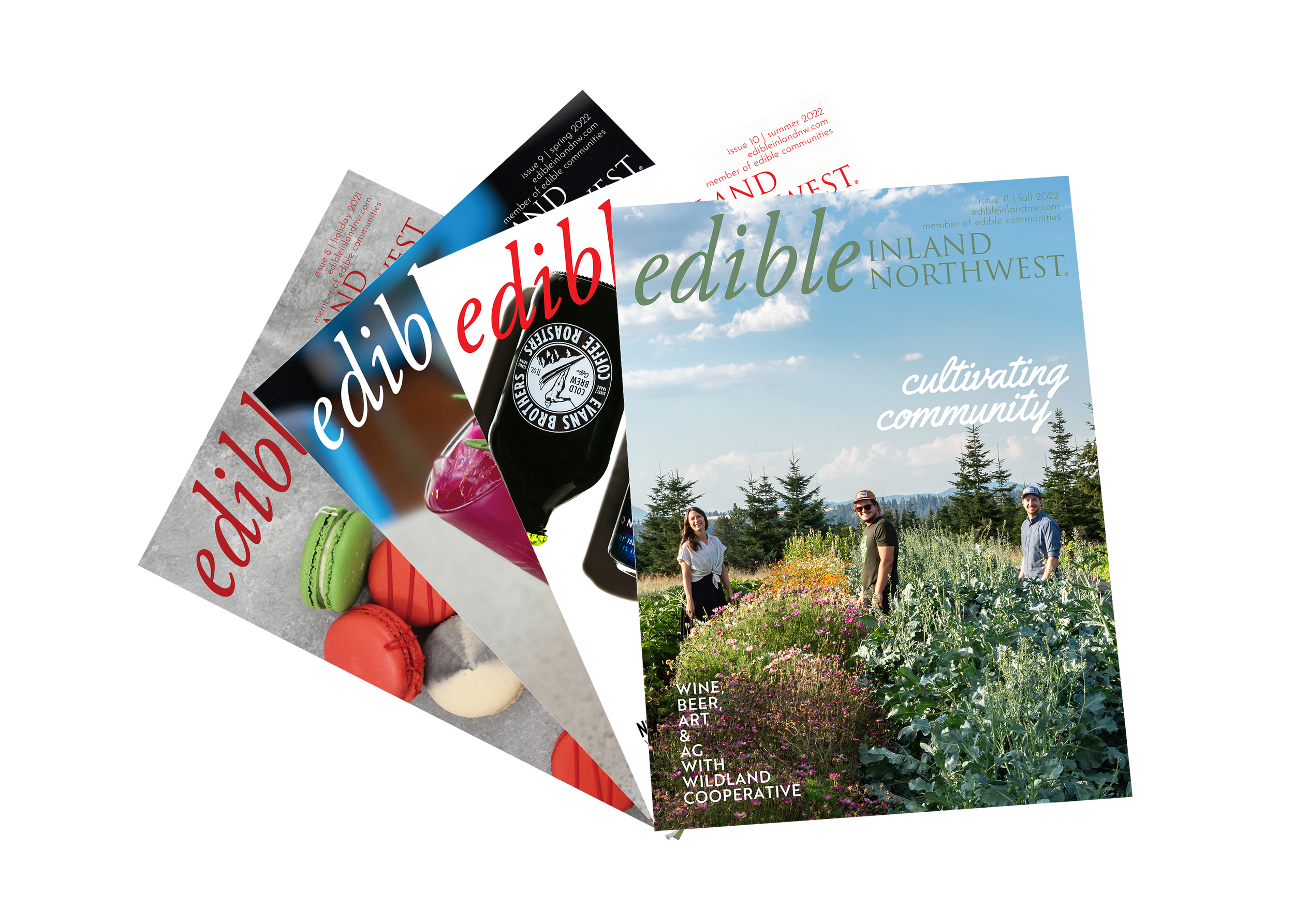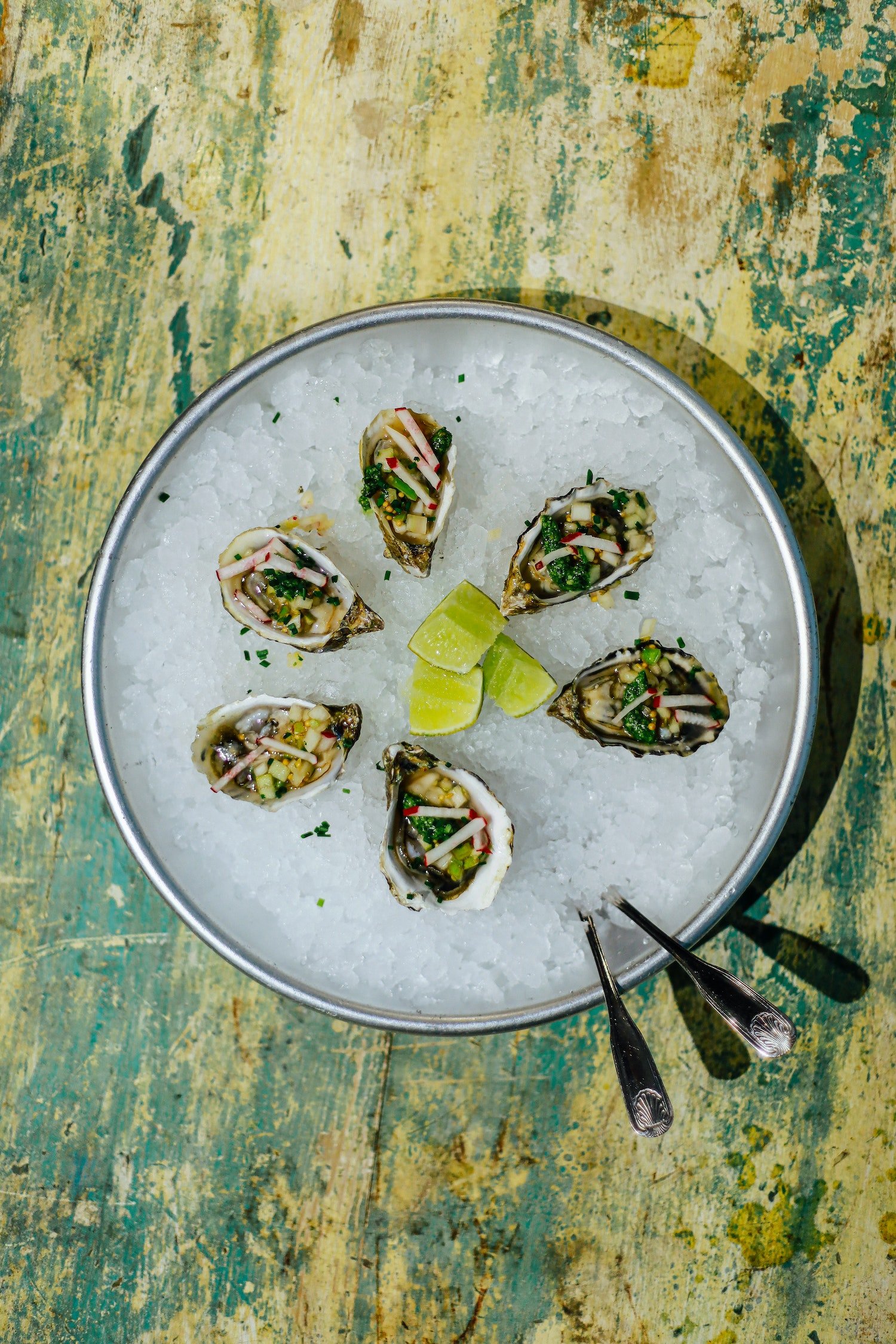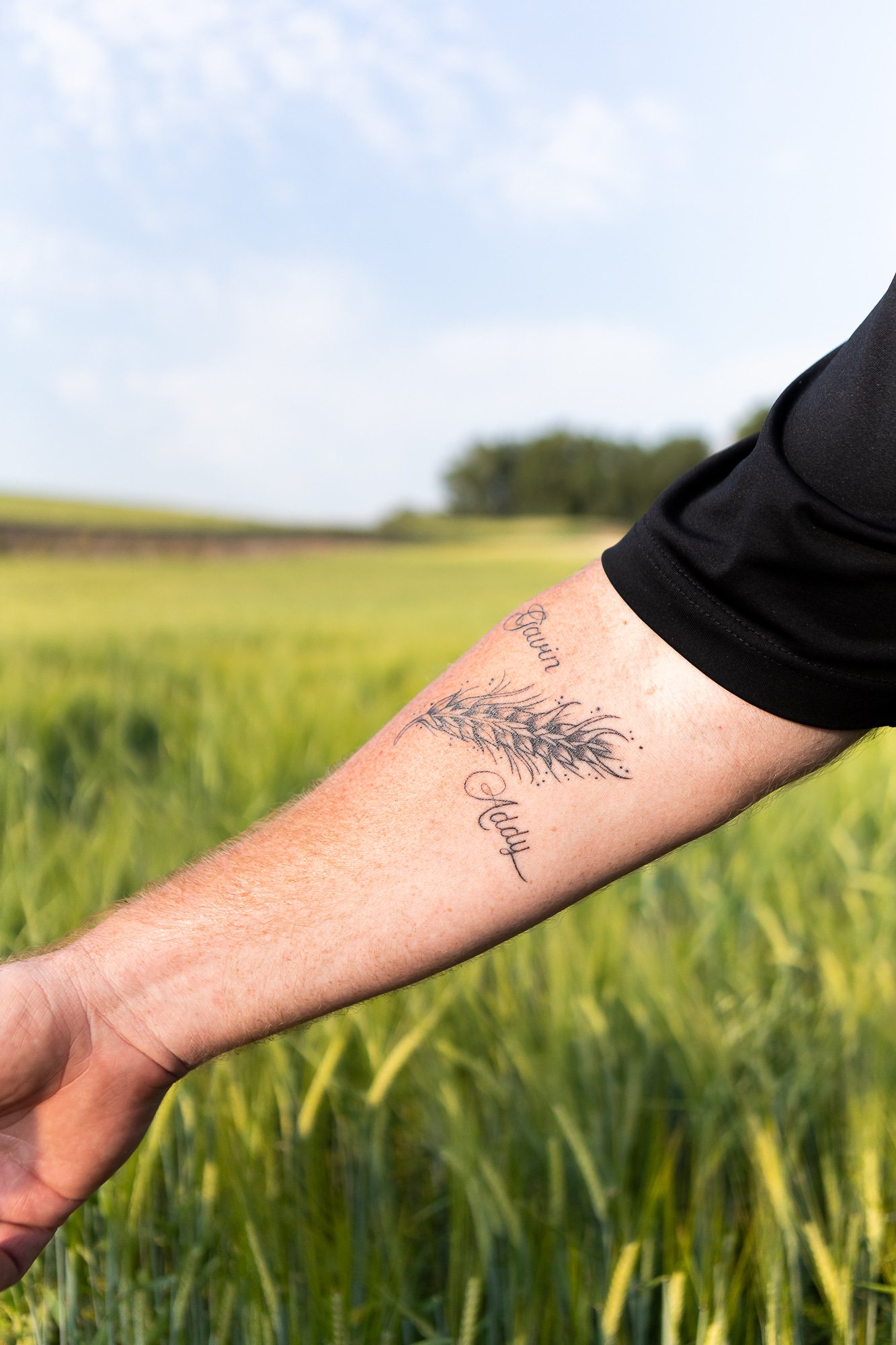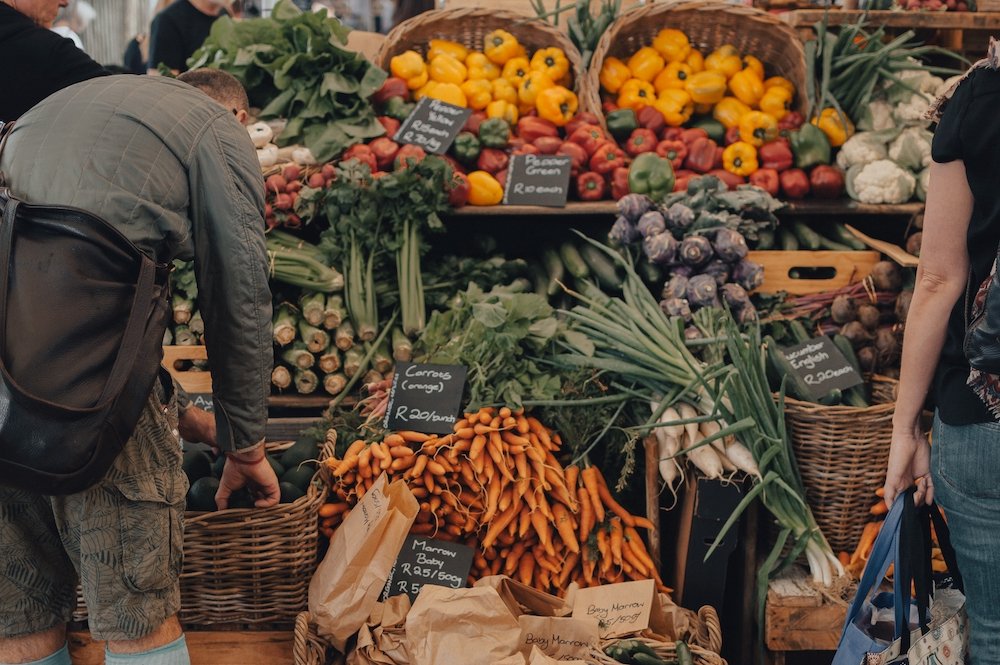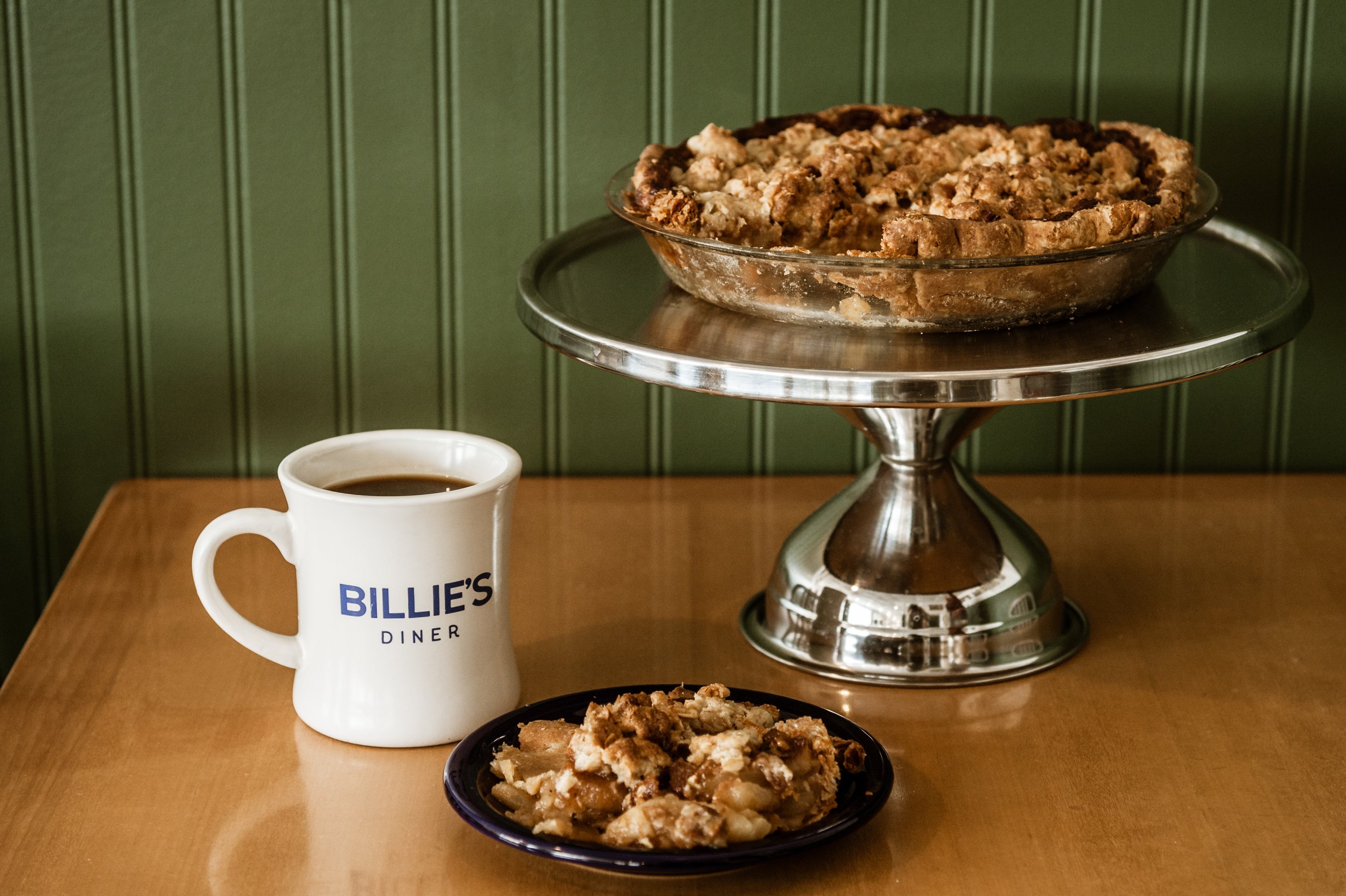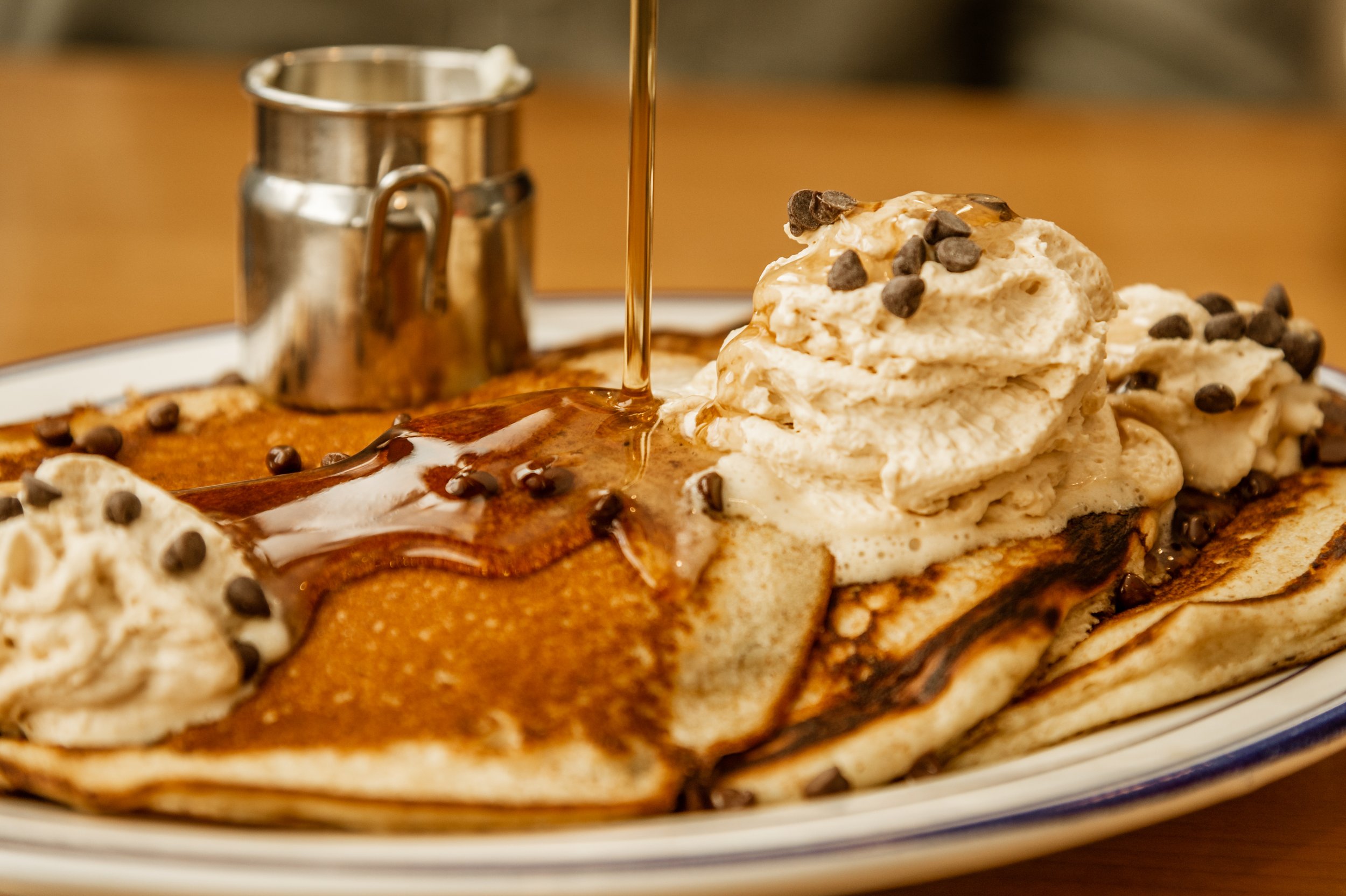Summer of Lovage
Summer of Lovage: The Perfect Herb to Compliment Seasonal Soups, Salads and Sips
BY DAVID OTTERSTROMForget Parsley, Sage, Rosemary and Thyme! Lovage, with its bright celery and anise notes, can be added to everything from salads to soups all season long!
It is a mystery to me why lovage is not used as much as other culinary herbs. Lovage is a perennial herb that is easy to grow. It looks like celery when it is younger and can grow to about 6 feet tall.
With how large lovage and its beautiful, yellow, flowering umbels can grow in the summer, it creates a plentiful harvest—more than enough to make even the greenest home-gardener feel like a success! In the fall the stalks dry up and fade away, but the roots are alive and well and the plant will grow back in the spring. It grows great here in the Inland Northwest and fares well in partial shade or full sun. You can start lovage seeds indoors in early spring and then transplant outside, but a faster way is to propagate the plant from someone who already has some or buy a starter at a garden store. This will ensure a larger plant in the first year with more to harvest.
The flavor is like a stronger version of celery and parsley. It is highly aromatic, so a little added to your food is all that is needed to make a big difference in how it tastes. You can eat the leaves fresh in salads or cook them with chicken or pork. It is best to use the leaves in spring before the plant flowers. After it flowers, the flavor of the leaves turns bitter. You can dry the fresh leaves to use them all winter long just like dried parsley flakes. The young stalks can be sautéed like asparagus or used in soup stock. The root can be finely chopped and added to stews and other dishes. Dig up the root in the fall for the best flavor. The seeds you can dry and use in cooking like celery seeds.
One of the wildest and wackiest ways to enjoy lovage is to make natural straws! The stems of lovage are hollow, so they are ready to use as straws right after you pick the medium-sized stems in the peak of summer. You can also dry the stalks for later use as straws as they make a perfect pairing in a bloody mary or other savory drinks. The lovage will add a nice celery flavor as you sip and is a great option for reducing plastic straw use.














